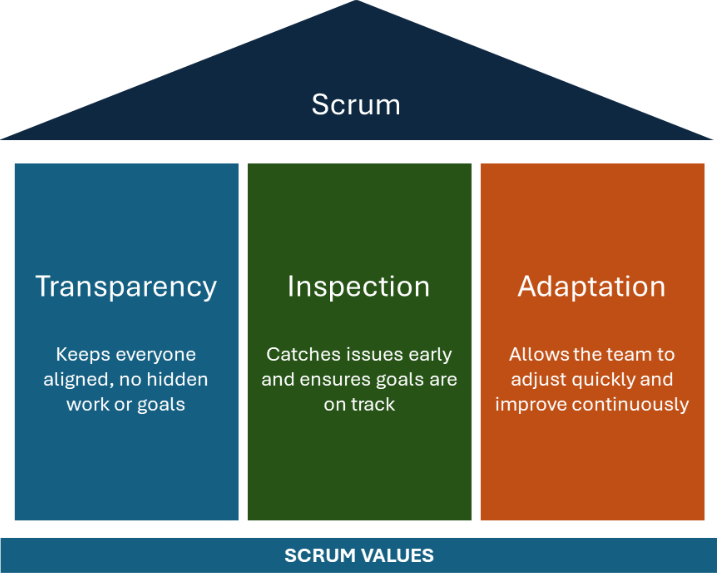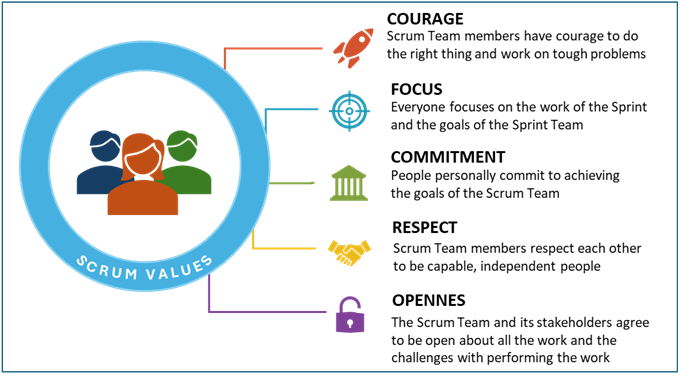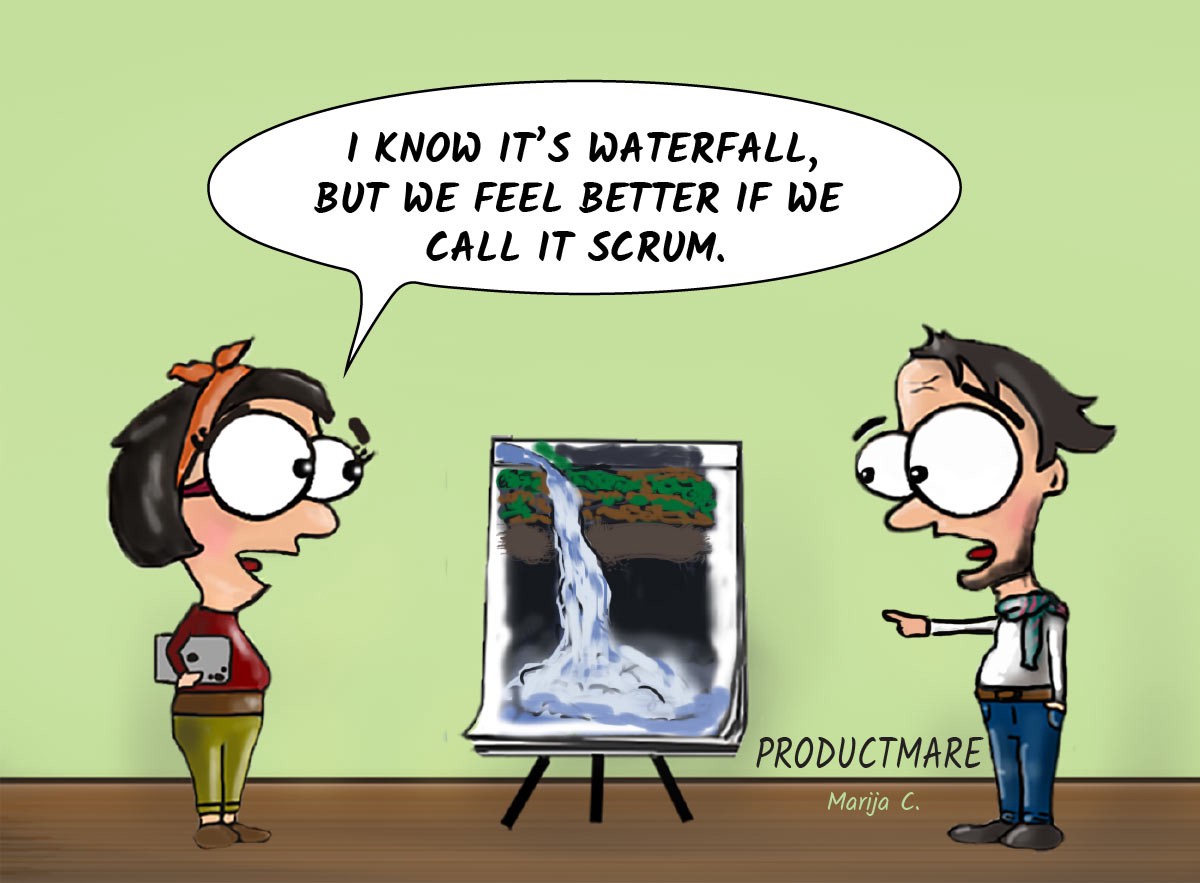Scrum
Introduction to Scrum
In the previous module, project management, project methodologies were introduced, along with how they connect to The Data Mine (TDM) projects. This section highlights Scrum—its key definitions, components, and the ways it supports teamwork within TDM projects.
What do you need to know about Scrum?
Scrum is a lightweight framework that helps people, teams and organizations generate value through adaptive solutions for complex problems.
During a Sprint, the team, led by the Scrum Master, works on completing a set of tasks. After one Sprint finishes, the next one begins, making Scrum a circular and iterative process.
What Makes Up Scrum:
Scrum is made up of five interrelated components, which can be grouped into Scrum Philosophy (Why) and Scrum Practice (How). Together, they provide the foundation, culture, and rhythm that guide teams in applying Agile values to real projects.
| Group | Component | Terms | Description & Interrelation |
|---|---|---|---|
Scrum Philosophy |
Scrum Pillars (Foundation) |
Transparency, |
Core principles that ensure Scrum is an empirical process (learn by doing and adjusting). |
Scrum Values (Culture) |
Commitment, |
These values create the culture for teams to practice the pillars. For example, without openness, transparency fails. Without courage, adaptation is avoided. |
|
Scrum Practice |
Scrum Team (People) |
Product Owner (Mentors), |
Teams are cross-functional and self-managing. They live by the values, use the events, and create the artifacts. |
Scrum Artifacts (Deliverables) |
Product Backlog, |
Tangible evidence of work and progress, that provide transparency and connect back to values and pillars. |
|
Scrum Ceremonies (Rhythm) |
Sprint, |
Events put the pillars into practice. They’re time-boxed opportunities to inspect, adapt, and collaborate. |
The first group identified in the table is Scrum Philosophy, and its components—pillars and values—are explained in detail below.
Scrum Philosophy: Pillars
Scrum is built on three main pillars that guide how teams work and improve. These are Transparency, Inspection, and Adaptation.

The pillars give the foundation, but they come alive through Scrum’s events and artifacts. Here’s how each pillar connects directly to the work the team does and the artifacts they create:
| Component | Transparency | Inspection | Adaptation |
|---|---|---|---|
Events |
Sprint Planning (clarity on work), |
Daily Standup (inspect progress & blockers), |
Sprint Review (adapt product direction), |
Artifacts |
Product Backlog, |
Sprint Backlog (checked daily), |
Product Backlog (reprioritized as needs change) |
Scrum Philosophy: Core Values
Alongside the pillars, Scrum is also guided by five core values that shape how the team works together. These values—Courage, Focus, Commitment, Respect, and Openness—create the mindset and culture needed for Scrum to succeed. Please take a moment to read the meaning of each value in the illustration below.

In summary, the Scrum Philosophy provides the foundation and mindset, without which the second group—the Scrum Practice—could not succeed. Scrum Practice demonstrates how Scrum is applied through people, artifacts, and events. Each of these components is explored in detail in the following subsections.
Scrum Cartoon

Cartoon illustrated by Marija Hajnal